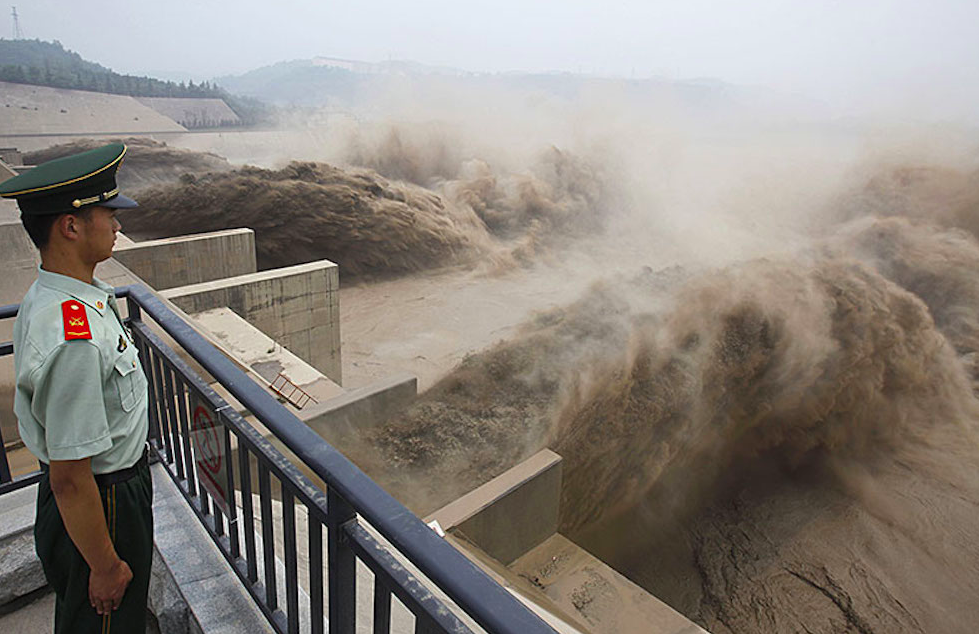By Tsering Dhundup
DHARAMSHALA, July 19: China’s construction of the world’s first super dam in occupied Tibet, near its border with India, has drawn the attention of strategic analysts and experts, who raised concerns about the project’s environmental impact and potential geopolitical implications. With a planned capacity of 60 gigawatts, the dam is set to generate three times more electricity than the current largest hydropower plant, the Three Gorges Dam. However, China’s lack of transparency regarding the project has sparked worries among neighbouring countries.
Renowned strategic analyst Brahma Chellaney has highlighted the secrecy surrounding major dam projects on international rivers, citing China’s tendency to disclose information only when satellite imagery reveals the construction activity. The proposed dam is situated in the Yarlung Tsangpo (Brahmaputra) gorge, which has abundant untapped water reserves and significant river energy potential. This combination has attracted Chinese dam builders, but Chellaney warns that the project carries substantial risks.
One of the primary concerns is the seismically active region where the dam is being built. The south-eastern part of the Tibetan Plateau lies on a geological fault line where the Indian and Eurasian plates collide, making it susceptible to earthquakes. Past instances have linked dam construction near seismic faults to major earthquakes, such as the devastating May 12, 2008, Sichuan earthquake that claimed 87,583 lives. Additionally, the dam could pose a threat to downstream communities if flash floods occur due to torrential monsoon rains in the Great Bend of the Brahmaputra.
Ecologically, the super dam could cause significant problems. China’s previous construction of 11 large dams on the upper reaches of the Mekong River has negatively impacted downstream nations, including recurring droughts. Now, China’s focus on tapping the water resources of the Brahmaputra Basin raises concerns about further ecological damage. The consequences are expected to affect not only downstream Bangladesh but also Tibet, which is renowned for its biodiversity.
The timing of China’s announcement regarding the dam project is also significant. Construction was well underway when the Chinese government first disclosed the project to the National People’s Congress for approval. By completing the necessary infrastructure beforehand, China managed to transport heavy equipment, materials, and workers to the remote site before seeking official approval. This approach raises questions about China’s intentions and potential leverage over transboundary river flows, particularly in its relationship with rival India.
According to international law, a lower riparian country cannot veto upper riparian interventions in a river. However, as the lower riparian in this case, India can request prior notice, detailed technical information, consultations, and the consideration of avoiding substantial harm or significant injury. Strategic and economic affairs analyst Vaishali Basu Sharma highlights India’s concerns over China’s adherence to these principles and whether China will prioritize India’s interests in the project.
There are also speculations that China may divert the river northward to address water scarcity in certain parts of the country. Either scenario—ecological upheaval or reduced water flow—would have significant implications for India. As China’s super dam project progresses, concerns about its environmental impact, seismic risks, and geopolitical implications continue to mount.











2 Responses
Thanks for a marvelous posting! I truly enjoyed reading it, you can be a great author.I will make sure to bookmark your blog and will come back down the road. I want to encourage you to ultimately continue your great job, have a nice morning!
China always demanding respect while alienating left right and centre yet again!